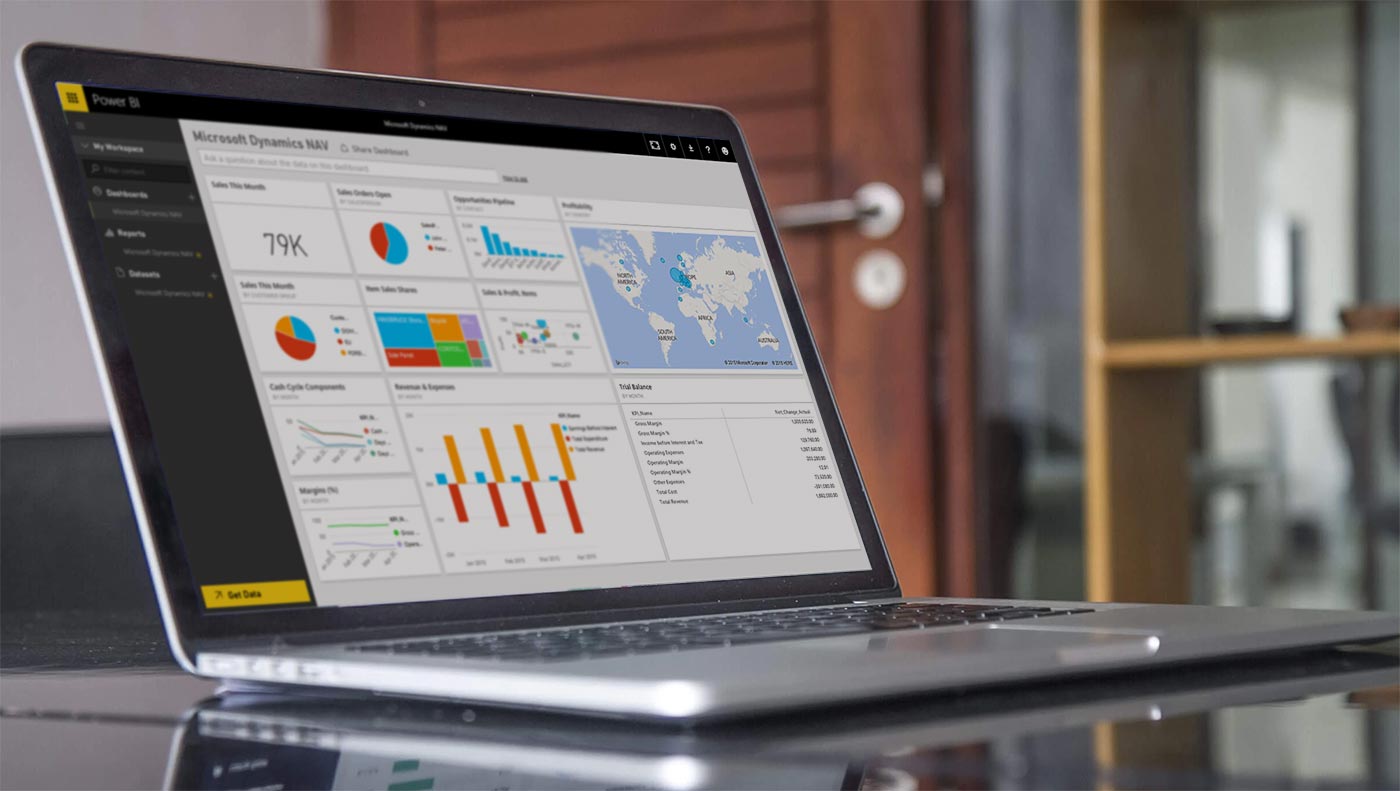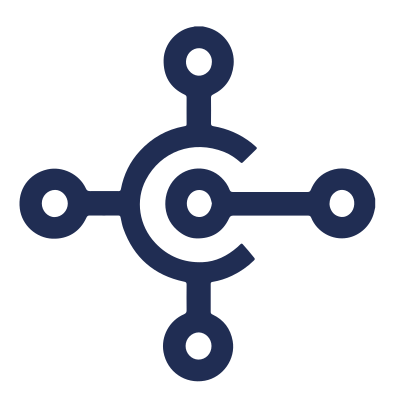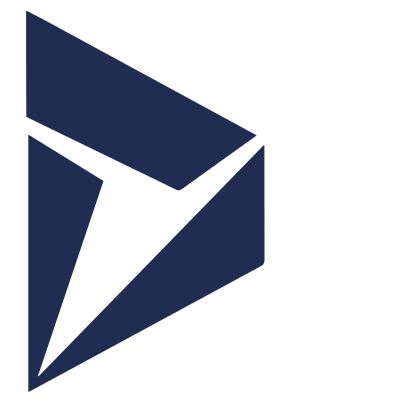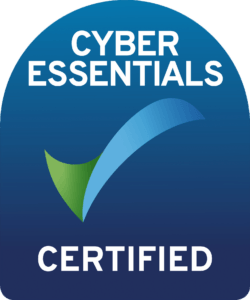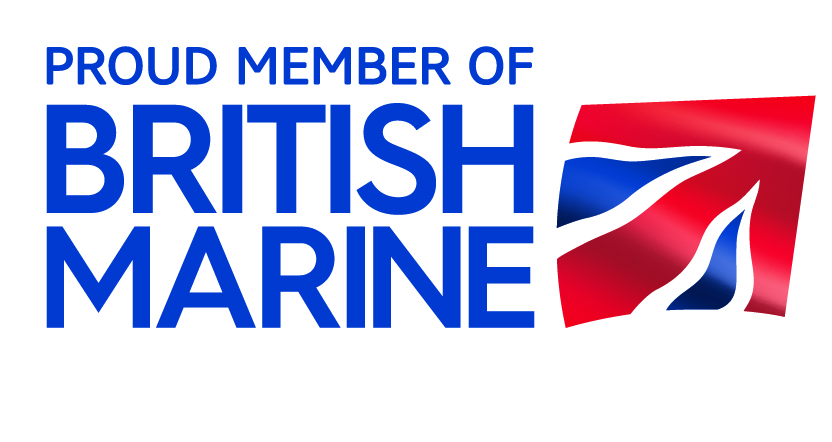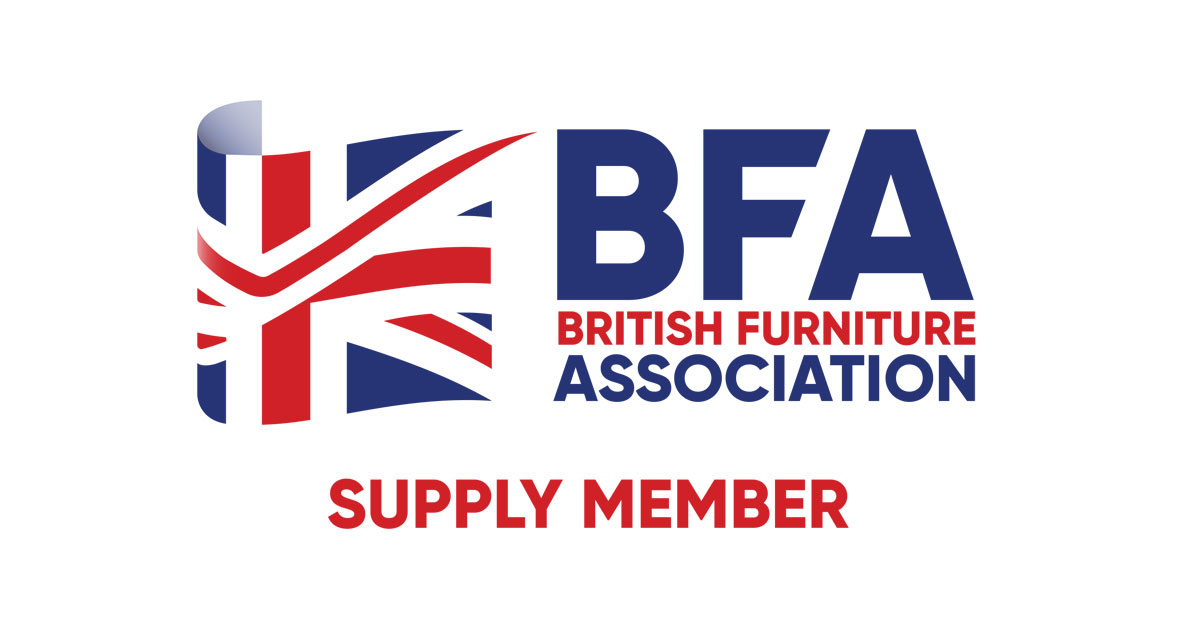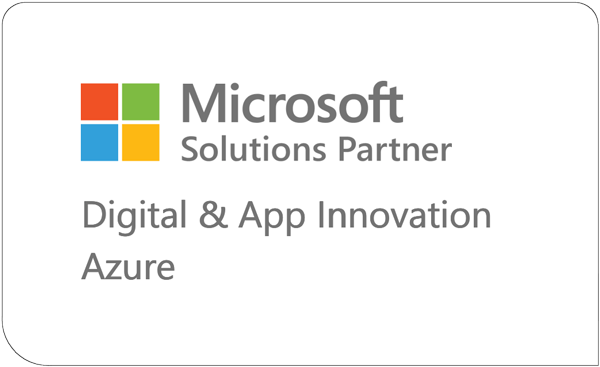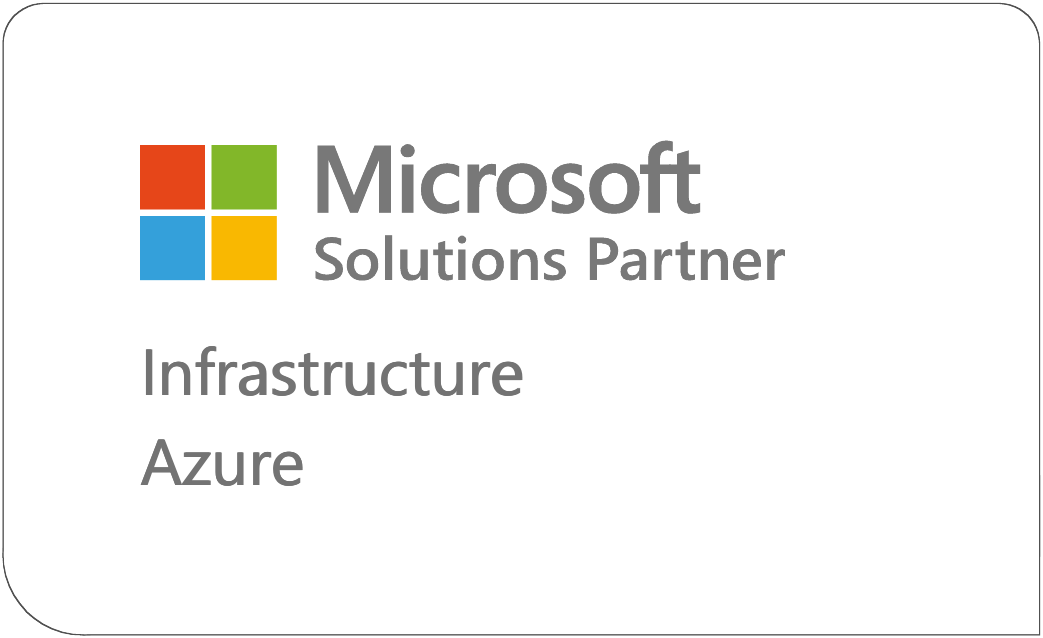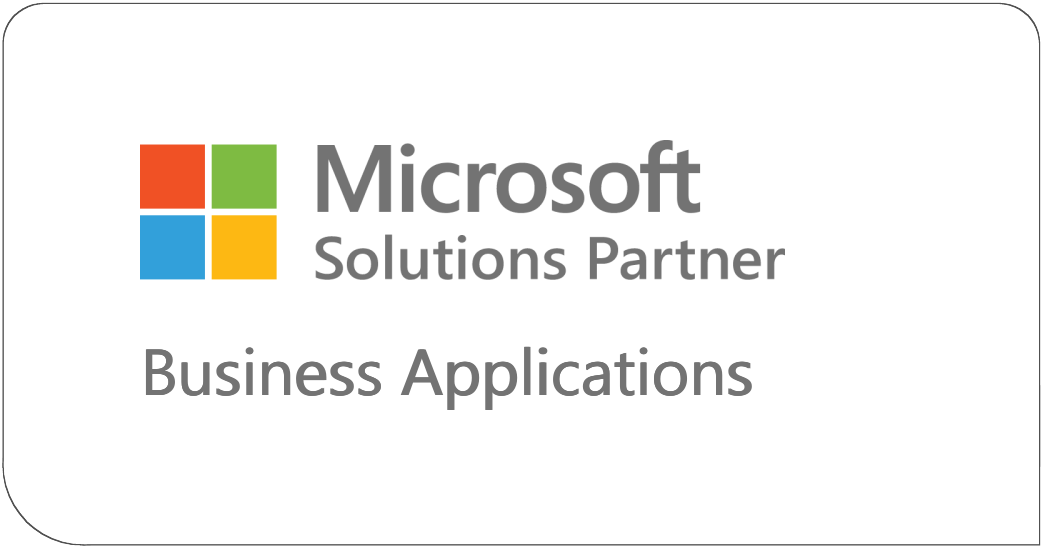Implementation methodology
business benefits
A successful implementation is based around knowing how to lever requirements into business benefits

Whatever type of project you require, we aim to deliver the best designed solution always
Keeping an eye on costs to ensure a return on investment. Our implementation process follows the Microsoft Sure Step waterfall process and ensures project agility.
The key objectives for this phase include:
- Understand missions and goals for the potential project and reasons for the initiative (Operational Excellence effort, re-organisation, etc.)
- Identify existing pain points within the existing infrastructure.
- Gain a better understanding of ASIS and TOBE processes.
- Gather any supporting documentation around known high-level functional requirements.
- List all Internal and external dependencies that might have an impact on the project.
The key objectives for this phase include:
- Finalise and approve project charter which provides the framework for the overall project.
- Finalise and approved project plan.
- Hold project kick-off meeting.
- Run On-site workshops to gather & define user requirements for each improvement.
- Document functional requirements as output from the workshops.
- Documentation Fit Gap Analysis.
The key objectives for this phase include:
- Technical Design Documents (TDD) for the Improvement items based on the Functional designs (FDD’s) approved by the client.
- Prototype work to help illustrate complex design concepts.
- Present final estimates for the proposed modifications, integrations, and any existing live data conversion
The key objectives for this phase include:
- Develop functionality to satisfy each improvement point.
- Final system configuration.
- Conduct unit testing on developed items
- Execute code freeze for all developments, integrations & interfaces.
- Define User Acceptance Test scripts.
- Support client in performing system testing.
- Rework based upon system testing results & issues logged on the issues register.
The key objectives for this phase include:
- Key User training on the completed development Improvement items.
- Test functionality against the output from the Analysis phase
- End users training.
- Commission Production Environment
- Deploy system improvements into Production Environment.
The key objectives for this phase include:
- Post–go-live support.
- Transitioning the solution to support.
- Performing a final quality audit, and project closure
Business Central Training
Training is an essential part of any implementation if you want to get the most out of your ERP or Retail system (and save yourself hours of lost time, headaches, and frustration to boot!)
That is why we set up a range of Business Solution training resources to help you understand your ERP or Retail system and use it well! Ranging from classroom training, train the trainer, remote Teams training to face-to-face training days and quick how-to videos. We compliment this with live support and recorded presentations on the latest innovations from Microsoft.
